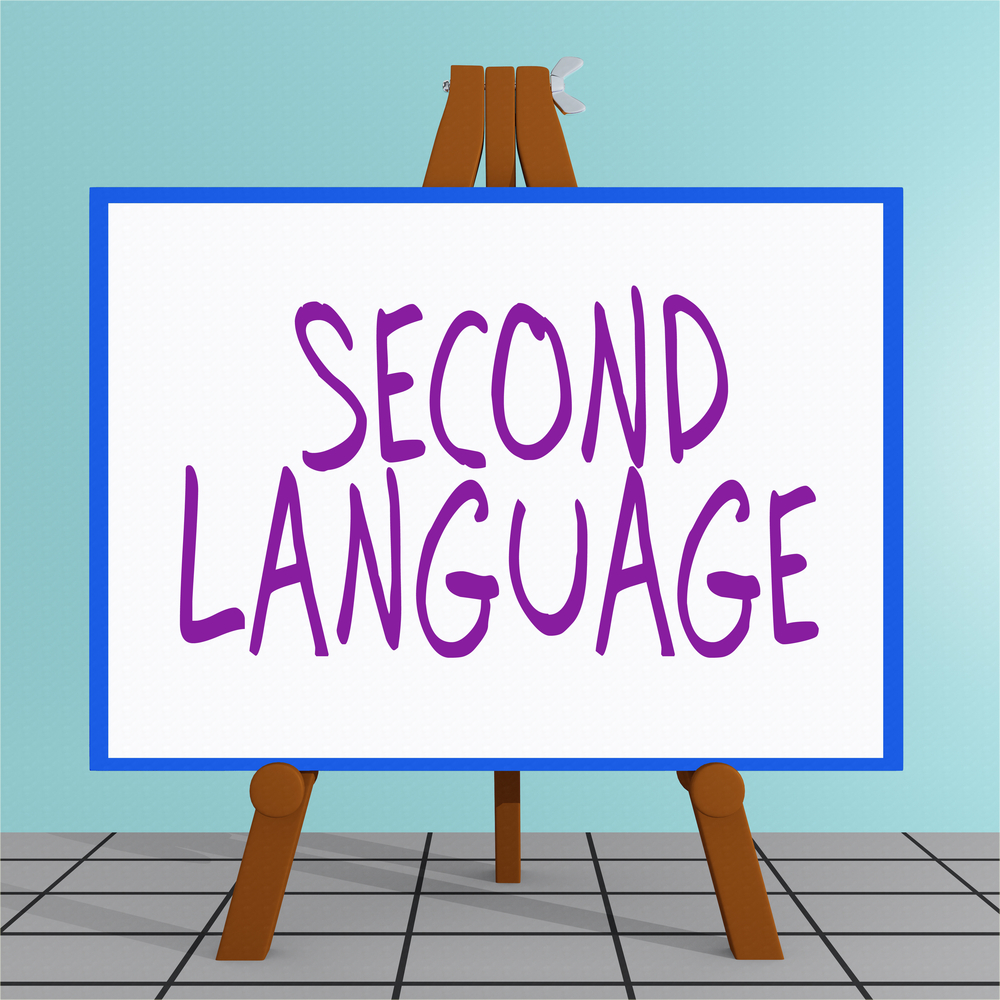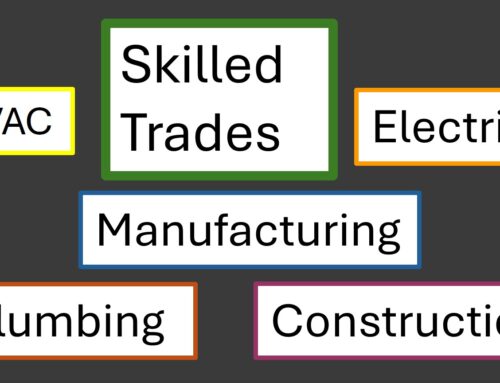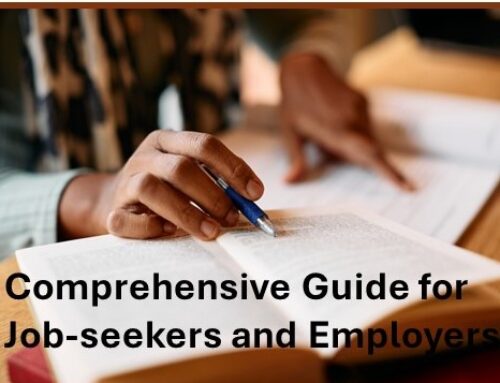
It’s a good question – should you learn a second language? Consider this: America does not have an official language, but English would take the honors if it did. According to 2021 data, over 60% of Americans are Caucasian, and they overwhelmingly speak English. However, Hispanics make up the next-largest demographic group, and almost 40% speak only Spanish. They make up 18% of the US population overall, but southern states have much higher concentrations of Spanish speakers. In Texas and California, for example, Hispanics measure closer to 40% of citizens. And by 2045, data predicts Hispanics will take the lead, overtaking Caucasians. Yet, only 20% of US citizens are bilingual.
How does this play out in the labor force? In 2021, foreign-born workers were more likely than native-born workers to be employed in service occupations; natural resources, construction, and maintenance occupations; and production, transportation, and material moving occupations. Also, men accounted for 57.4 percent of the foreign-born labor force. That’s a potential for a lot of Spanish-speaking workers.
So, does this answer the question? Maybe not, but think about these facts. If you are bilingual, management opportunities abound. Demand for bilingual workers has doubled over the past five years. Crew leaders, job site managers, and human resources personnel—all need the ability to converse with Spanish speakers. But how does that skill benefit your pocketbook? Quite nicely, it turns out. Bilingual employees can earn between 5% and 20% more money per hour than those who speak only one language.
If all that tweaks your interest, here is some help getting started.
The best way to learn a second language is immersion. When the language you are trying to learn surrounds you, your brain picks it up more quickly. In addition, you have multiple daily opportunities to reinforce the new words you know. Reading signs on the highway, seeing notices at the grocery store, hearing the accent and cadence of the language being spoken—all of these things help you imprint the language.
However, if that is not possible, other methods are available. One is Babbel.com, which offers online classes for as little as $5.95 a month. Rosetta Stone also offers online courses and CDs. Finally, Duolingo is a free app you can download to your phone. According to Duolingo, more Americans are learning a second language with their app than students enrolled in classes at school.
A person can become fluent within five years with consistent exposure and practice. Maybe it is time for you to broaden your horizons.
Bring your abilities and strengths, including bi-lingual skills, to Gillmann Services. We will help you find the best position with the best company for your skills. Call us today!






